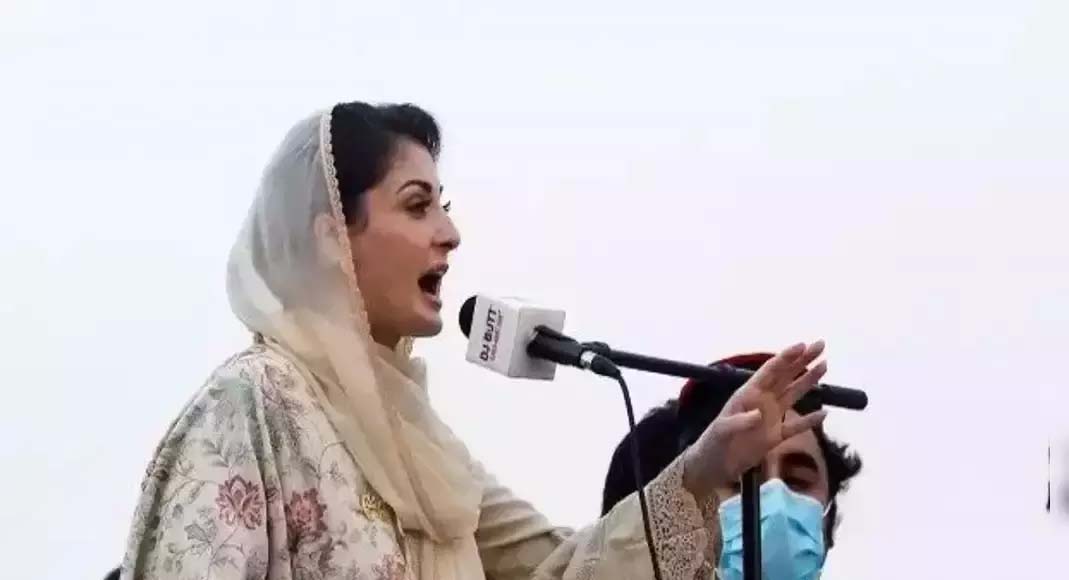In Lahore, the provinces of Sindh and Punjab are on the brink of finalizing their Chief Ministerial choices this Monday, marking a pivotal moment in the anticipated coalition between the Pakistan People’s Party (PPP) and the Pakistan Muslim League-Nawaz (PML-N) at the federal level, as reported by Dawn.
The political terrain is pregnant with expectations, particularly in the 371-member Punjab Assembly where candidates supported by the Pakistan Tehreek-e-Insaf (PTI) hint at an impending ‘surprise.’ In Punjab, the party’s nominee for the Chief Minister’s role is Maryam Nawaz Sharif, the Senior Vice President of PML-N. Her contender is Rana Aftab Ahmed, representing the Sunni Ittehad Council (SIC).
Simultaneously in Sindh, Murad Ali Shah from the PPP is set to face Ali Khurshidi, the candidate put forth by the Muttahida Qaumi Movement-Pakistan (MQM-P), amidst a boycott by the PTI and the Jamaat-e-Islami (JI), according to Dawn.
Within the boundaries of Punjab, Maryam Nawaz Sharif, holding the Senior Vice President position in PML-N, emerges as the party’s contestant for the highly sought Chief Ministerial position. Competing against her is Rana Aftab Ahmed of the Sunni Ittehad Council (SIC). Meanwhile, in Sindh, the PPP’s Murad Ali Shah is poised for a face-off with Ali Khurshidi, the MQM-P’s chosen candidate.
The political chessboard in Punjab witnessed an unexpected twist when the SIC initially nominated Mian Aslam Iqbal for the Chief Minister’s role, only to replace him with Rana Aftab from Faisalabad.
A former member of the PPP, Iqbal refrained from taking the oath as a Member of Provincial Assembly (MPA), fearing apprehension by the Punjab police. Expressing optimism, Rana Aftab hinted at a potential surprise in the upcoming election but lamented the restriction on SIC MPAs entering the Punjab Assembly premises.
With Maryam Nawaz Sharif’s victory appearing inevitable, given the party’s Speaker nominee securing 224 votes against the SIC’s 98 in the previous election, she is actively engaged in consultations for her cabinet and development agenda. The bureaucracy, including the chief secretary and inspector-general of police, has commenced briefings on various affairs.
Notably, her ascension would make her the 30th Chief Minister of Punjab and the first woman to lead the province. In Sindh, the PTI and Jamaat-e-Islami have announced a boycott of the Chief Ministerial election proceedings. The PPP has endorsed Murad Ali Shah, while the MQM-P has put forward Ali Khurshidi. The PTI alleges that Shah sought their support but asserts its decision to boycott, aiming to challenge what it perceives as the theft of the people’s mandate.
The JI, possessing one MPA in the Sindh Assembly, aligns with the PTI in boycotting the process. The political dynamics in Sindh and Punjab bear historical significance, with a lineage of leaders governing Punjab since Pakistan’s inception in 1947. Maryam Nawaz Sharif’s potential leadership as the first woman Chief Minister in Punjab adds a distinct chapter to this legacy.
The Sindh Assembly is gearing up for the Chief Ministerial election, with the PPP’s Murad Ali Shah leading the race against MQM-P’s Ali Khurshidi. The PTI and JI’s decision to boycott reflects their stance against what they perceive as a compromised electoral process.
As the day unfolds, the political landscape in Sindh and Punjab is set for transformative shifts, with the PPP and PML-N vying for key leadership positions, as reported by Dawn.




